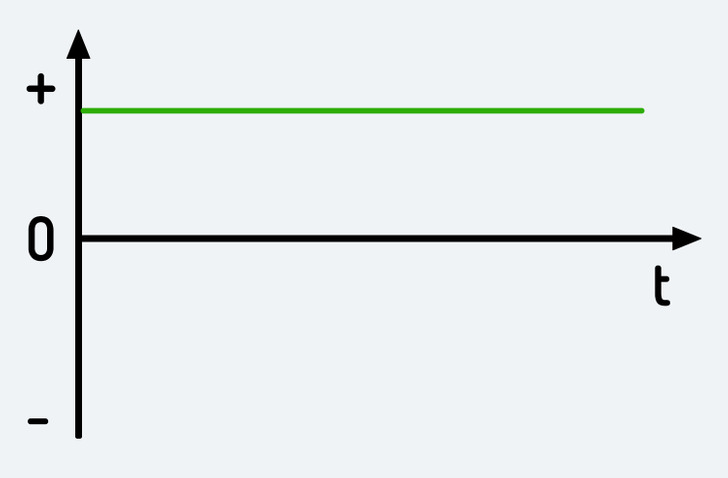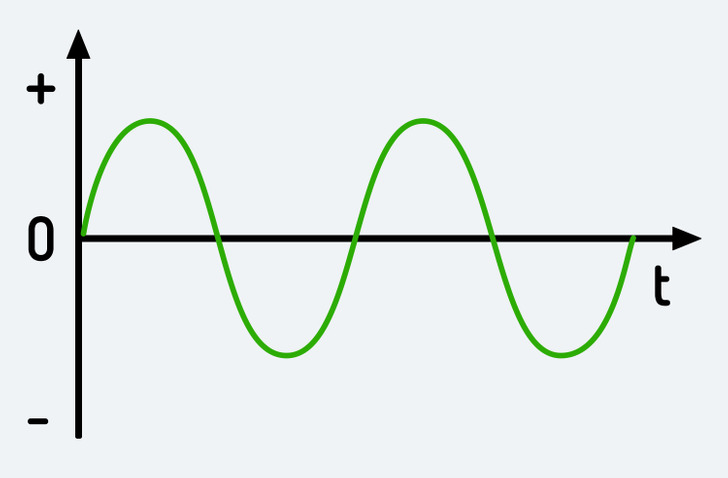How a Direct Current Is Different From an Alternating Current
According to scientists, electricity has been known to the world since about 600 BCE, when ancient people encountered the phenomenon of static electricity. Today, the electric current is an integral part of human life.
5-Minute Crafts is telling you, in simple terms, how a direct current is different from an alternating current.
Electric current
An electric current is any movement of subatomic charged particles (like electrons that have a negative charge and protons that have a positive charge), ions, etc., past a given point in an electric circuit.
In other words, the smallest particles (electrons) that are a part of the molecular structure move inside the substance. Electrons are particles that have a negative charge, which is why when they move, a certain amount of this charge moves together with them. Such movement is called a current.
The more electrons in a substance that can move, the better that substance conducts electricity. There are substances that, in their pure form, are poor conductors, but if there are impurities in their composition, then they begin to conduct electricity well through themselves.
There are 2 kinds of current electricity: direct currents (DC) and alternating currents (AC). DC can be converted into AC and vice versa.
Measure unit: Ampere (А)
Examples of materials that conduct electricity well (conductors): metals (like silver, gold, copper, aluminum, mercury, steel, iron, platinum, brass, bronze), graphite, dirty water, lemon juice, seawater, concrete, and plasma
Examples of materials that don’t conduct electricity (insulators): plastic, rubber, wood, glass, clean water, oil, air, diamond, dry wood, dry cotton, asphalt, fiberglass, dry paper, porcelain, ceramics, and quartz
Direct current

A direct current is the flow of an electric charge that veers consistently in one direction. It can pass through conductors, such as wires, semiconductors, insulators, and vacuums.
First generated: the year 1800
What it’s used for: In any device that runs on batteries or solar energy (such as a flashlight), in car engines for battery charging, to power urban railways, to transmit a large amount of electricity from remote generators, for the connection of electric networks of alternating currents, and in aluminum smelting
Alternating current

An alternating current is a flow of electric charge, the direction and magnitude of which can change back and forth with regular cycles.
AC frequency is the number of cycles per second. In most countries in the world, this value is 50 cycles, or 50 Hz.
First generated: the year 1832
What it’s used for: currents in power lines, in sockets of residential buildings and enterprises (including all household electrical appliances), and audio, video, and radio signals transmitted over electrical wires (such as cable television or wired telephones)
Which type of current is better
An alternating current has a range of advantages. For example, it is cheaper to change the voltage of the current. And if you need to transmit a current over a long distance, then the alternating one will provide less energy loss.